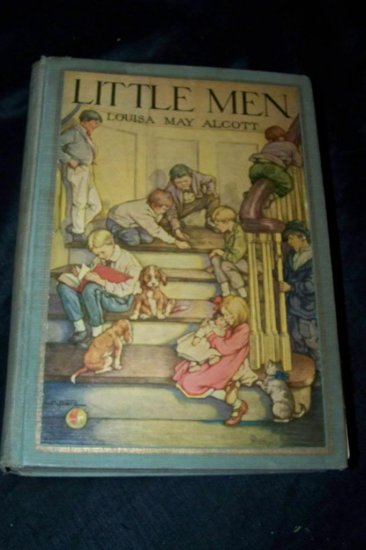


Faced with new obstacles, they look back on the lessons learned at home and begin to appreciate the real value of their Plumfield education.Īt once heartwarming and true to life, Alcott’s novels will continue to win over readers both young and old, as they have for generations.Įlaine Showalter, volume editor, is Professor of English and Avalon Foundation Professor of the Humanities at Princeton University. Ten years later, Jo’s pupils have started to make their way in the world, and they find themselves tested: Josie longs to be an actress Emil, now a sailor, is shipwrecked Dan, out West, lands in prison Nat, studying music in Germany, is tempted into living beyond his means. In Jo’s Boys, and How They Turned Out (1886), her final novel, Alcott returns to the familiar precincts of Plumfield.

Jo’s rambunctious youngsters grow up in an atmosphere full of high spirits and misadventure-a world enlivened by Alcott’s unique powers of observation and sympathy. Jo-now married to the good-natured Professor Bhaer, and with sons of her own-has become the unflappable matron of an extended family at Plumfield, a school the Bhaers have founded with Aunt March’s legacy. Little Men: Life at Plumfield with Jo’s Boys (1871) brilliantly extends the March family saga. Along the way, generations of readers have met a host of unforgettable characters: their watchful and hardworking mother, Marmee formidable Aunt March kindly Mr. The novel chronicles the episodes, large and small, of the sisters’ progress toward adulthood: their amateur theatricals, sibling rivalries and reconciliations, friendships and romance, and the loss of loved ones. Set in a small New England town during the Civil War and Reconstruction, Little Women, or Meg, Jo, Beth, and Amy (1868-69), introduces Alcott’s remarkable heroines, the March sisters-above all, her alter ego Jo March, with her literary ambition and independent spirit. This volume also includes the original illustrations, some drawn by Alcott’s sister May, that accompanied the books’ first printings. Here, in an authoritative single-volume edition from The Library of America, are all three Little Women books as Alcott wrote them. Asked by her publisher to “write a girls’ book,” Louisa May Alcott at first doubted her abilities she confessed to her journal that she “never liked girls or knew many, except my sisters.” Yet from this modest start, she fashioned a series of novels that catapulted her to fame and fortune in her own time and remain among the most beloved works in all of American literature.


 0 kommentar(er)
0 kommentar(er)
